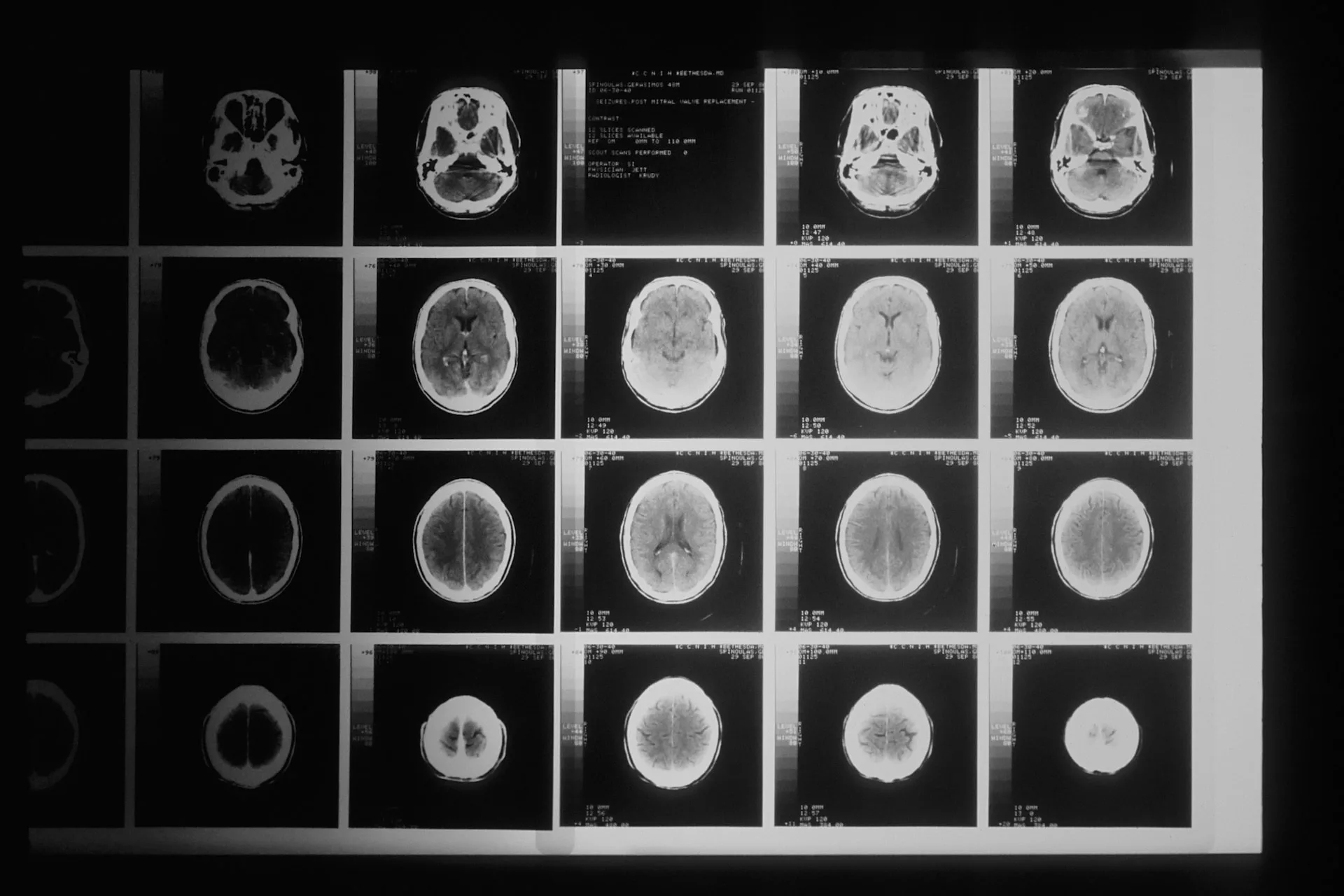CaMKII inhibitors may change the trajectory of how we treat late-onset Alzheimer’s disease. Image credit: National Cancer Institute via Unsplash
Learning and memory are critical in allowing us to engage and interact with our surroundings based on our past experiences. The theory outlining the processes that help to form new memories has remained undisputed for over three decades. Researchers at the University of Colorado, however, recently found evidence challenging the central dogma of learning and memory, with profound implications for the treatment of dementia.
The formation of new memories is thought to require both long-term potentiation (LTP), or the strengthening of the connections between neurons, as well as long-term depression (LTD), the weakening of the connections between neurons. LTP enables the formation of the engram—a unit of memory. Calcium/calmodulin-dependent kinase II (CaMKII) is an enzyme involved in the induction of LTP, modulating synaptic strength through its interaction with specific receptors.
The new research suggests that the structural (how an enzyme’s activity changes based on the geometry of its binding site) rather than enzymatic functions (how they speed up a reaction) of CaMKII are the most important for the induction of LTP. Understanding what controls LTP is significant since one of the consequences of impaired LTP is dementia.
Dementia is a neurodegenerative disorder, currently affecting approximately 944,000 people in the UK. Around 60% of dementia patients have Alzheimer’s disease.
Dementia is a neurodegenerative disorder, currently affecting approximately 944,000 people in the UK. Around 60% of dementia patients have Alzheimer’s disease. This devastating disease is associated with defective memory formation, so it is unsurprising that some of the mechanisms underlying LTP and LTD may be involved in its onset. Since dementia was the leading cause of death in England and Wales in 2022, it is urgent that we find effective treatments. Current treatment of dementia is dependent on early diagnosis, which is difficult, and side effects of treatment include diarrhoea, nausea, and vomiting, reducing the quality of life. This new knowledge about CaMKII means that researchers can begin to develop drugs targeting the enzyme, thus offering a new treatment for patients.
This new knowledge about CaMKII means that researchers can begin to develop drugs targeting the enzyme, thus offering a new treatment for patients.
One of the first symptoms of Alzheimer’s is the weakening of the connections between brain cells. This is caused by excessive LTD and the inhibition of LTP by amyloid beta, one of the biological markers of the disease. Interestingly, CaMKII is also involved in the phosphorylation of tau, a protein that helps stabilise brain cells. Hyperphosphorylation of tau, and the protein tangles it subsequently forms, is another major hallmark of Alzheimer’s. Inhibiting CaMKII may prevent this hyperphosphorylation and alleviate some of the more devastating late-onset effects of the disease.
Previously, CaMKII inhibitors were not investigated as a potential treatment for Alzheimer’s disease, because it was believed that there would be disastrous side effects on learning and memory. Now there is new hope that by finding enzymatic CaMKII inhibitors, there can be new treatments for late-onset Alzheimer’s disease.





